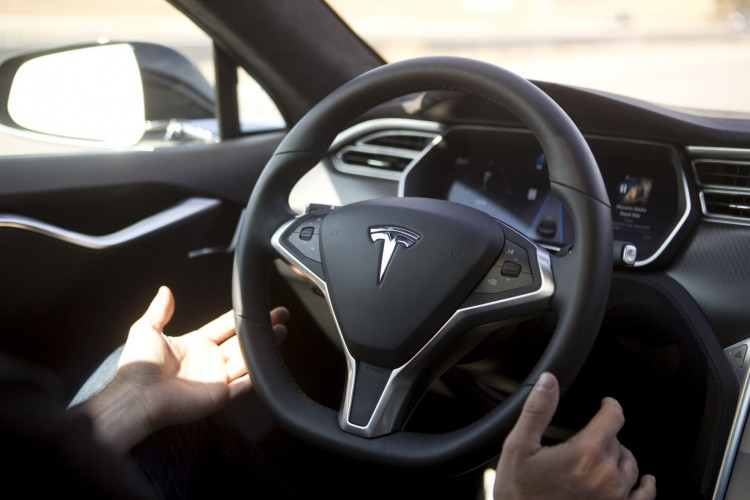Despite the potential profit boost from the new Model 3, Tesla's performance this quarter may fall short of expectations.
Deutsche Bank analyst Emmanuel Rosner revealed in a report that Tesla warned investors at a meeting in Munich of a decline in production and deliveries for the third quarter due to global factory shutdowns.
Rosner commented that the current market consensus for Tesla's Q3 deliveries is expected to remain consistent with Q2, but this forecast carries a downside risk.
He also believes that Tesla's Q3 profits are at risk, given the company's discounts on inventory cars and limited cost savings.
Tesla has indicated that after the third quarter, the new Model 3 might see "steady" demand. Rosner commented that the new Model 3 could help Tesla's profitability since it's priced higher than the older version and might have lower costs.
In conclusion, while Deutsche Bank still anticipates some risks to market expectations for Tesla in 2023 and 2024, they remain optimistic about Tesla's long-term opportunities.
On the day Rosner released his report, Tesla's stock price dropped nearly 4.5% in early trading on Wednesday but narrowed to less than a 3% decline by midday. This comes after a nearly 5% surge on Tuesday.
Before Rosner's report, Tesla had just launched the refreshed Model 3 in China last Friday. Surprisingly, the new rear-wheel-drive Model 3 is priced at 259,900 yuan in China, nearly 30,000 yuan more than the older version. This not only deviates significantly from the expected 200,000 yuan price but also contrasts with Tesla's strategy of reducing prices to maintain volume this year.
Media reports suggest that the price increase is primarily to quickly clear out old Model 3 inventory.
The article points out that globally, the production of Tesla Model 3 and Model Y exceeds sales by about 78,000 units over the past year. If the new Model 3 were priced lower than the older version, consumers, already weary of the older design, would overwhelmingly favor the new model, potentially leading to cancellations of the older version. This would be detrimental to inventory levels.
The article speculates that Tesla's strategy might not be about avoiding price cuts but rather using the higher pricing of the new model to clear out older inventory. Before Q4 deliveries, Tesla might reduce the price difference, and once the new model's deliveries stabilize, the company might consider offering discounts.
Tesla's CEO, Elon Musk, mentioned in the Q2 earnings call that if the economic environment continues to deteriorate, Tesla might further reduce car prices to ensure sales volume.
In mid-August, Tesla announced its second round of price cuts for the second half of the year in China: The Model Y Long Range and Performance versions both saw a price reduction of 14,000 yuan, a decrease of about 4%. The Long Range version even dropped below the 300,000 yuan mark to 299,900 yuan. While the Model 3 didn't receive a direct price cut, it was offered with an 8,000 yuan insurance subsidy, effectively reducing the price by 3.5%. The high-end Model S and Model X models received price reductions ranging from 54,000 to 70,000 yuan.
Earlier this week, preliminary data released by the China Passenger Car Association showed that Tesla's price cuts in China are effective. In August, wholesale sales in China reached 84,159 units, a year-on-year increase of 9.3% and a month-on-month surge of 31%.






